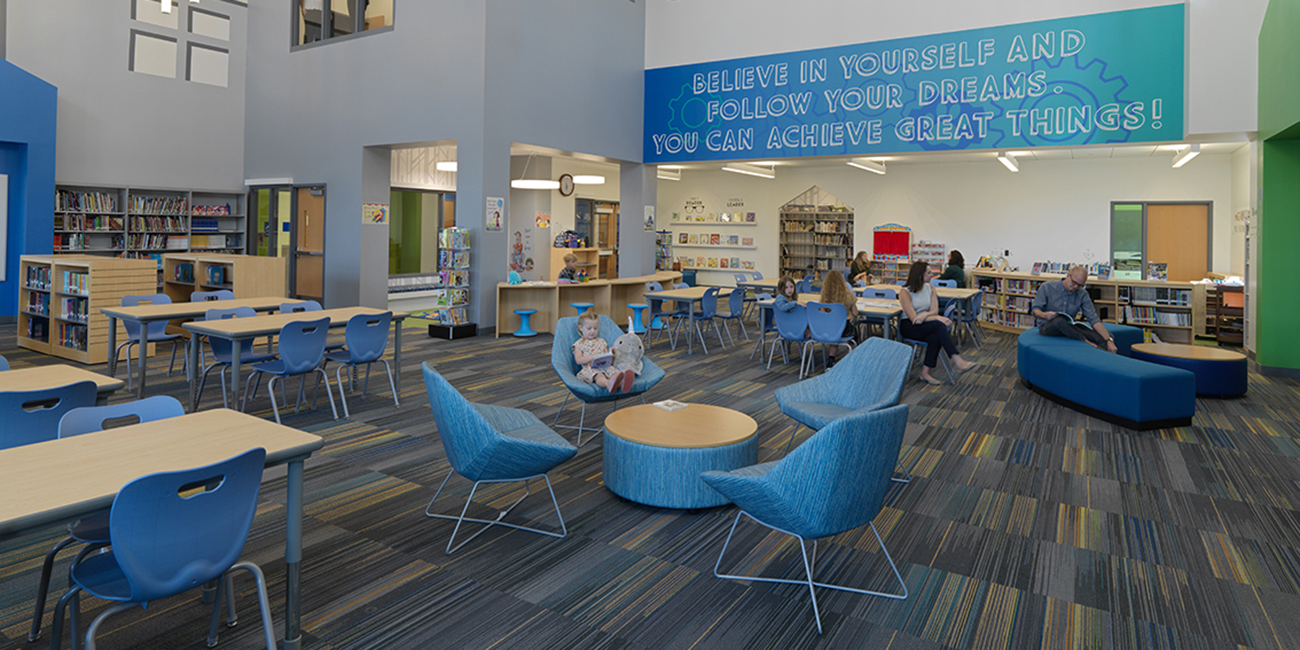
Furniture design plays a fundamental role in shaping any learning environment for students. It not only influences how a space looks, but also significantly impacts how it functions. Selecting furniture based on each educational setting and its unique needs can improve student engagement, facilitate collaboration, and improve learning outcomes. So, how is it that decision-makers go about choosing the furniture that best enhances their space?
Join me for an episode of the Better Learning Podcast, as host Kevin Stoller and I examine the impact that furniture can have on educational spaces, and how thoughtful furniture design can transform a school environment to benefit students, teachers, and communities alike.
Some Interesting Takeaways from the Episode:
Throughout my career, and to this day at SLAM, I’ve enjoyed bringing my nearly two decades of experience into what I do each day – focusing on public education spaces. It’s gratifying to see the design of a school come together as a result of creating dynamic environments that foster growth, creativity, and engagement. Because SLAM subscribes to a client-first approach, I love contributing to design decisions that align with the unique needs, values, and visions of those I work with.
Having completed the ALEP program in 2023, I remain dedicated to designing student-centered environments that enrich the learning experience. It’s this specialized training that’s deepened my expertise and increased my passion to educate clients and communities on the importance of thoughtful, purposeful design in educational settings.
Want to Learn More?
Click here to listen to the full episode of the Better Learning Podcast as I share my experiences, insights, and tips on designing dynamic, inclusive learning spaces that support the future of education. My hope is that you learn how spaces can inspire, engage, and transform a person’s overall learning experience.
